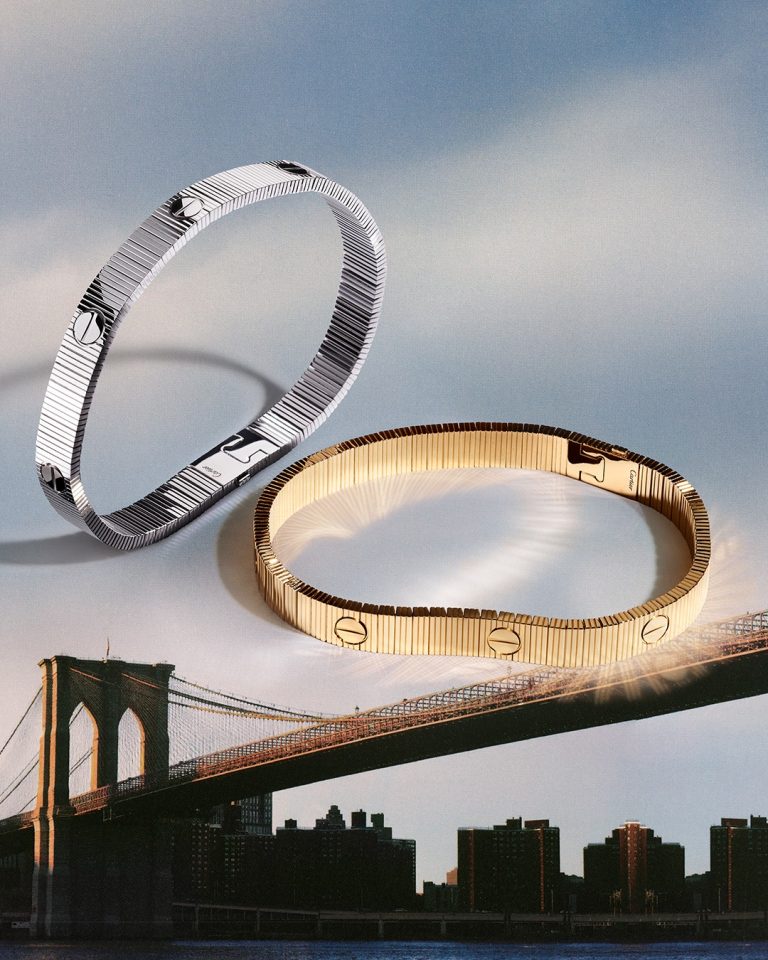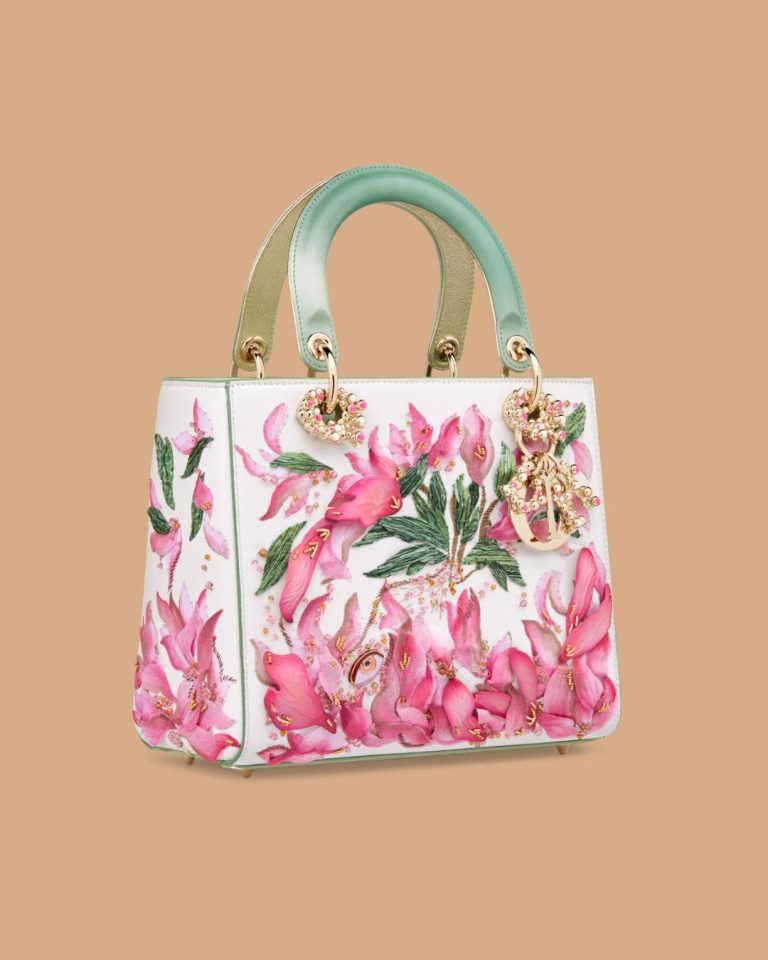Some jewels are beautiful. Others are technical marvels. And then, there are those rare pieces that whisper stories—of love, of closeness, of intimacy. Boghossian’s Kissing Collection belongs to that third category. The very name suggests romance, but what the Maison has created is more than metaphor. It is a feat of ingenuity where gemstones lean into each other, kiss lightly, and in doing so, ignite a dialogue of color and light.

I’ll admit, the first time I came across a Boghossian “Kissing” jewel, I didn’t quite understand what I was looking at. Was one stone resting inside another? Was the setting even secure? And yet, as my eyes adjusted, I realized what was happening: two gemstones were sharing the same space, touching at a single point, with barely a trace of metal to hold them in place. It was intimate, daring, and unlike anything I had ever seen.
The Boghossian Kissing Collection: A Signature Born of Heritage
The Boghossian family has always had one foot in the East and one in the West. Their Armenian roots, their years in the Middle East, their establishment in Geneva—all of this gave rise to a jewelry philosophy that marries Silk Road opulence with Swiss precision. The Kissing Collection, launched in 2008, is perhaps their most emblematic creation, a modern expression of that cultural dialogue.

Instead of placing gemstones side by side in conventional mounts, Boghossian’s master craftsmen found a way to make them touch, to almost float together. It is a conversation between gems, as though one whispers and the other answers. The technique itself is risky: carving, shaping, and aligning stones with near-invisible settings requires both courage and consummate skill. But when it succeeds, the result is magic.
The Kiss of Light
What strikes me most about the collection is how it plays with light. By minimizing the metal, light flows freely through the stones, bouncing from one gem to the other. A diamond kisses a sapphire, and suddenly, you see not just sparkle but interplay—a shimmer that belongs to neither gem alone but to the union between them.

Take, for example, a ring that pairs a rich-green emerald with a cushion-cut diamond. On their own, these stones are exquisite. But when they kiss, they amplify one another’s brilliance, as though caught in a perpetual dance. It reminds me of watching sunlight reflect off water at dusk: shifting, layered, always alive.
More Than Romance
It would be easy to dismiss the “kiss” as a purely romantic gesture, but Boghossian digs deeper. Many of the jewels in the Kissing Collection are organized around the four elements—Earth, Air, Fire, and Water. This makes the collection not just an ode to intimacy but a meditation on balance, contrast, and the forces that shape our world.

- Fire blazes with rubies, spinels, and fiery tourmalines.
- Water flows in aquamarines, blue sapphires, and paraiba tourmalines.
- Earth grounds itself in rich emeralds and tourmalines.
- Air feels ethereal with diamonds and pale stones that almost seem to float.
It’s as if Boghossian is asking us to consider not just the relationship between gems but the relationship between nature and ourselves.
My Personal Fascination
Whenever I think about why the Boghossian Kissing Collection resonates so strongly, I return to the idea of risk. Jewelry, after all, is usually about safety: strong prongs, secure bezels, stones locked firmly in place. But Boghossian dares to strip that away. They trust in precision, in delicacy, in a closeness so exact that one gem can safely kiss another.

There’s a lesson there, isn’t there? That beauty often requires vulnerability. That the most breathtaking creations are those willing to risk collapse in order to achieve something new.
Standout Pieces
Among the many designs, a few deserve mention:

The Kissing Diamond Morganite Ring: A blush-pink, no-heat Morganite of remarkable clarity “kisses” an octagonal white diamond. It’s a love story in pink and white, intense and luminous.
Elemental Bracelets: Wide bangles where pairs of gems—a ruby and a diamond—seem to hover against one another like celestial bodies.

Earrings of Contrast: One earring might pair emeralds and diamonds, while another plays with aquamarines and sapphires. They aren’t just adornments; they’re dialogues suspended in air.
Each piece is distinctive, but all share that same spirit of closeness—two gems, leaning in, exchanging light.
Why Collectors Care
For collectors, the Boghossian Kissing Collection is irresistible not only for its beauty but for what it represents. It captures a moment in contemporary high jewelry where innovation, artistry, and tradition converge. It also taps into rarity: many of the colored gems Boghossian uses are unheated, untreated, and extraordinary in quality. Pairing them in this unconventional way makes each jewel a once-in-a-lifetime creation.

There’s also the emotional pull. A ring from this collection doesn’t just sparkle—it tells a story. For couples, it can symbolize unity. For individuals, it can embody balance or personal harmony. And for dreamers like me, it can be a reminder that beauty lives in the spaces where things touch lightly, almost imperceptibly, yet profoundly.
A Kiss That Lasts
What I love most about the Boghossian Kissing Collection is that it elevates jewelry into poetry. It’s not just about materials or craftsmanship, though both are extraordinary. It’s about an idea: that gemstones, like people, become more luminous when they connect.

The Boghossian family has managed to turn that idea into wearable art—rings, necklaces, bracelets, and earrings that feel at once intimate and monumental. Every piece is a reminder that a kiss, however fleeting, can change everything.
As I write this, I find myself thinking less about jewelry and more about life. The best things are often the riskiest: love, art, innovation. Boghossian’s Kissing Collection captures all three. And that, to me, is what makes it unforgettable.
Featured image: Boghossian

Amanda Akalonu is dedicated to weaving together the worlds of jewelry, watches, and objects through a lens of literary storytelling.




